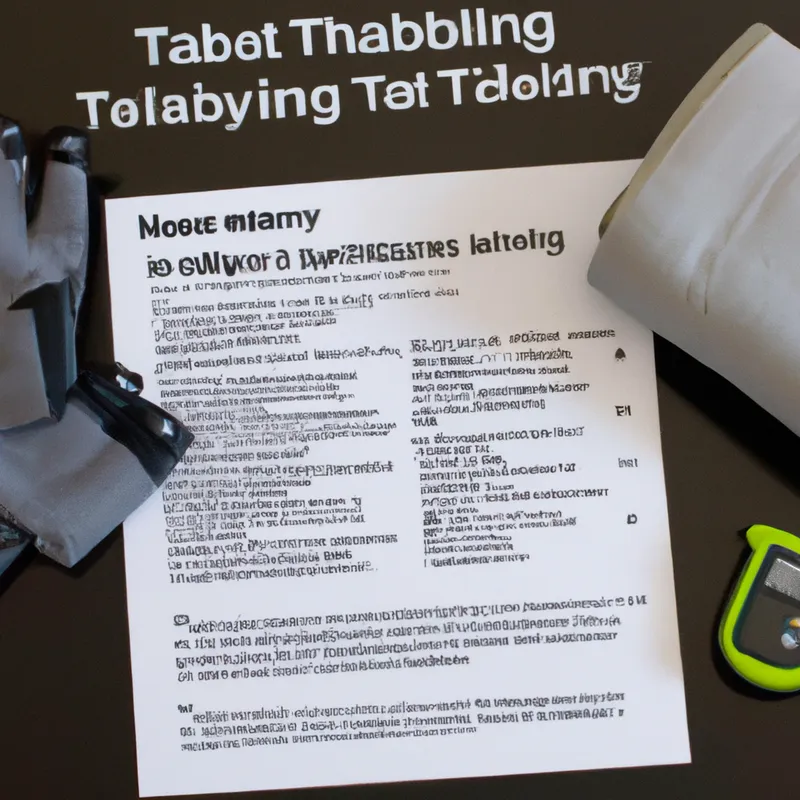Prioritize Safety in Your Tabata Training Routine
Safety Tips for High-Intensity Tabata Training
High-Intensity Tabata training effectively improves strength and endurance. Quick bursts of intense activity followed by short rests yield impressive results. However, prioritize safety, especially during demanding exercises. This blog explores essential safety tips to help you maximize your Tabata workouts and minimize injury risks.
Understanding Tabata Training
Before discussing safety tips, understand Tabata training. Dr. Izumi Tabata’s research established this method, consisting of 20 seconds of all-out effort followed by 10 seconds of rest, repeated for 4 minutes (or 8 rounds). You can apply this format to various exercises, making it versatile for different fitness levels and goals.
Warm-Up Properly
Warm-up properly before starting your Tabata session. A good warm-up prepares your body for the upcoming intensity, increases blood flow, and enhances flexibility.
Include Dynamic Stretching
Incorporate dynamic stretching into your warm-up routine. Movements like leg swings, arm circles, and torso twists effectively activate your muscles. These dynamic movements prepare your body for high-intensity actions and improve your range of motion.
Start Slow
Avoid jumping straight into high-intensity exercises. Start with lower-intensity movements similar to your Tabata routine. Gradually increase intensity to prevent muscle or joint strain. This approach helps your body adapt to Tabata training demands while reducing injury risks.
Focus on Form
Maintain proper form during Tabata workouts. Poor technique leads to injuries, hindering your progress and motivation. Commit to mastering each movement before increasing intensity.
Use a Mirror
Use a mirror during your workout if possible. This helps you monitor your form and make necessary adjustments. Additionally, it keeps you aware of body alignment and posture, ensuring correct exercise performance.
Record Yourself
Consider recording your workouts, especially when practicing new movements. Watching your form in real-time highlights areas for improvement. This feedback helps you avoid injuries and enhances performance. Over time, you’ll become more aware of body mechanics during intense efforts.
Listen to Your Body
Your body communicates its limits. Pay attention to its signals during workouts. If you feel pain or discomfort, stop immediately. Ignoring these signals can lead to serious injuries that may sideline you for weeks or months.
Modify Exercises
Don’t hesitate to modify exercises as needed. For example, if a jump feels too intense, opt for a step-up or lower-impact variation. Adjusting movements ensures safety without sacrificing your workout’s effectiveness. Challenge yourself while prioritizing safety.
Conclusion
In summary, prioritize safety during High-Intensity Tabata training. Warm up properly, focus on form, and listen to your body. Modify exercises when necessary. Enjoy your workouts while minimizing injury risks.
Below are related products based on this post:
FAQ
What is Tabata training and how does it work?
Tabata training, developed by Dr. Izumi Tabata, consists of short bursts of intense exercise lasting 20 seconds, followed by a 10-second rest, repeated for a total of 4 minutes (8 rounds). This method is versatile and can be applied to various exercises, making it suitable for different fitness levels and goals.
Why is warming up important before a Tabata workout?
Warming up is crucial as it prepares your body for the intensity of Tabata training. A proper warm-up increases blood flow, enhances flexibility, and activates your muscles, reducing the risk of injury during high-intensity exercises.
How can I ensure I am using the correct form during my workouts?
To maintain proper form during workouts, consider using a mirror to monitor your movements or recording your sessions. These methods allow you to make necessary adjustments and become more aware of your body mechanics, helping to prevent injuries and improve performance.















Post Comment